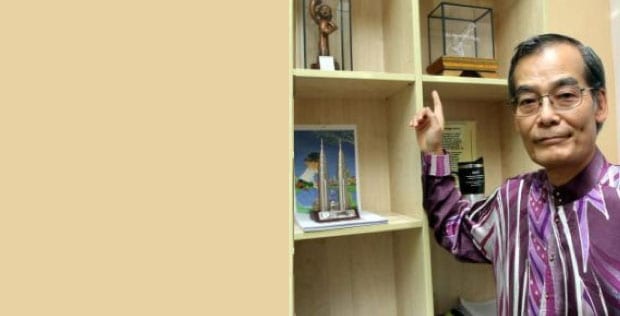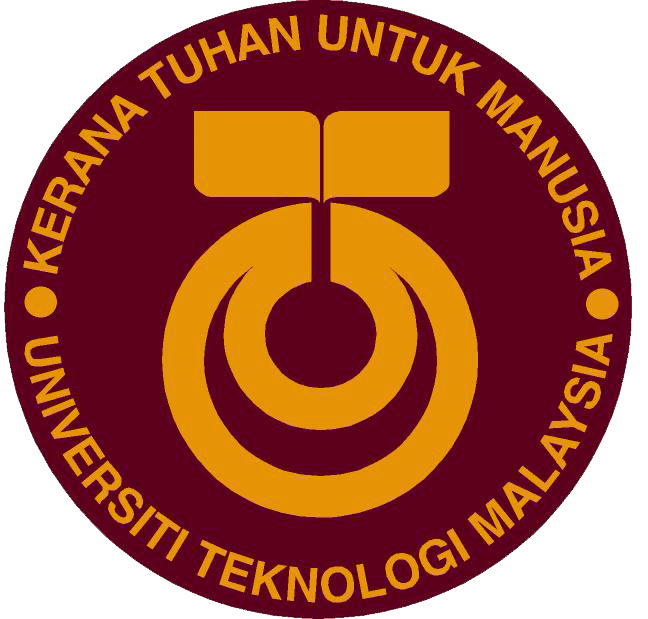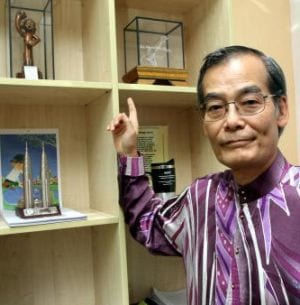A FIRM believer in the fusion of Malaysian and Japanese cultures, Masahiko Horie has great plans for the Malaysia–Japan International Institute of Technology (MJIIT).
The institute is based at the Universiti Teknologi Malaysia (UTM) International Campus in Kuala Lumpur. Horie, who is the former Japanese ambassador to Malaysia, has been setting his plans in motion for the partially autonomous institute.
(Setting targets: Horie hopes that the number of foreign students in the institute will increase and is trying to attract more Japanese students through scholarships.)
Designated as the UTM Distinguished Ambassador at MJIIT in April, Horie spoke at the inaugural MJIIT Leadership Lecture Series on Sept 13. He addressed students as the series’ first speaker on the topic of “Building a Strong Malaysian Brand — The Japanese Experience”.
“The institute is a springboard for students to fuse both cultures’ values,” he said, elaborating that the merging of Japan’s extreme homogeneity and Malaysia’s multiculturalism creates an excellent, productive fusion that companies like Sony, Panasonic, Daihatsu, and Toyota happily capitalise on.
“Malaysia has a multi-ethnic, multi-religious, and multi-cultural society. There is unity in diversity here, and it is the strong point of Malaysia.
“Companies like Sony and Panasonic utilise Malaysia as a production and human resource development hub, training Malaysian operators before dispatching the managers to other branches in the world,” he added. Stating that it worked to the benefit of those companies as Malaysians were already well-versed with different religions, cultures and ethnicities, and thus already knew how to behave in a myriad of societal and religious settings.
He has already invited a representative from Toyota to speak about the company’s method of production later this year. He said former Prime Minister Tun Dr Mahathir Mohamad and the general manager of Perodua will take part in the series as speakers next year.
“My target is for the series to have four speakers each year, every three months,” said the 66-year-old Meiji University professor, who plans to include representatives from large corporations such as Petronas and Sony, as well as chief executive officers and members of various ministries as future lecturers in the series “so students will be stimulated”.
There are currently 285 students in the institute, inclusive of both first and second year students.
“We hope for 2,500 to 3,000 students in seven years time,” said Horie, sharing his wish that the institute would become an independent university one day.
He explained that it depended on how fast the institute could arrange recruitment of professors and prospective students, with an emphasis on the quality of the teaching staff, incoming students, and foreign students.
“MJIIT is not only for Malaysian students, but also for students from Asean countries and other nations who wish to study Japanese-style engineering technology,” he pointed out.
International students are still a part of the minority, with the majority of them studying in the postgraduate programme.
“This is only the second year so the number of foreign students is very limited, but within a few years’ time, the number of foreign students will increase,” he said, adding that he was aspiring for a 40% international student intake.
Short-term foreign exchange programmes are already in place between the UTM Razak School of Engineering and Advanced Technology and Meiji University, though there have been no full time Japanese applicants to MJIIT’s programmes yet.
Horie is attempting to make the decision to study in Malaysia as appealing as possible to Japanese students, and has already spoken to the chairman of Rohm Wako Electronics based in Kota Baru, who has agreed to offer full scholarships to Japanese students who choose to study at the institute.
For students at MJIIT, the Japanese language is offered as a three-credit course, alongside “i-kohza”, where “kohza” represents a Japanese mentorship style of teaching and the “i” stands for the “innovative” infusion of Japanese values with Malaysia’s own.
There are 47 teaching staff and 18 supporting staff at the institute, with seven Japanese professors also teaching in the programme. Twenty-four Japanese universities are also lending their support and Horie states that one or two additional observers may eventually join the institute.
Source: The Star, December 2, 2012




